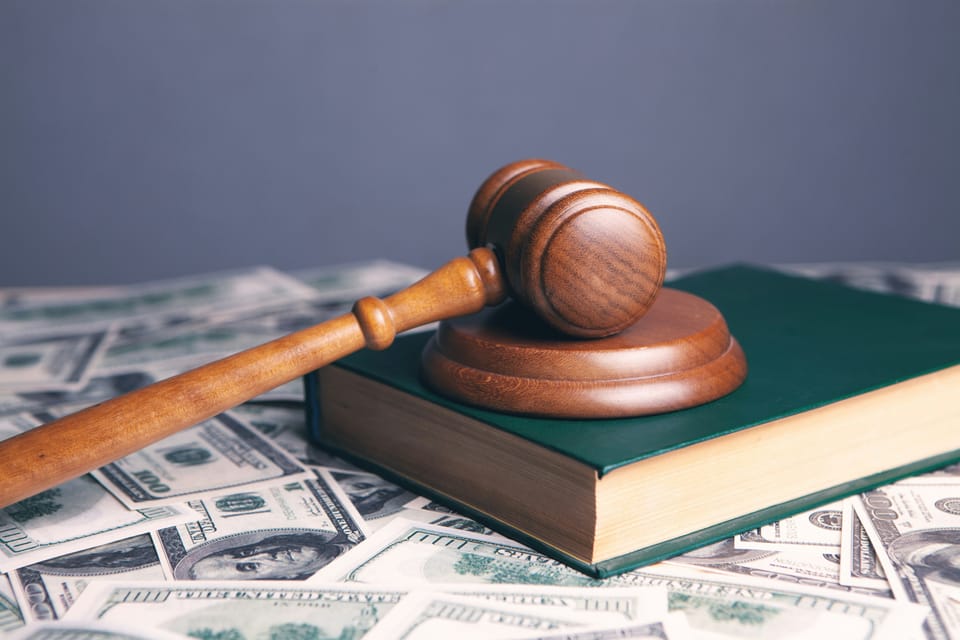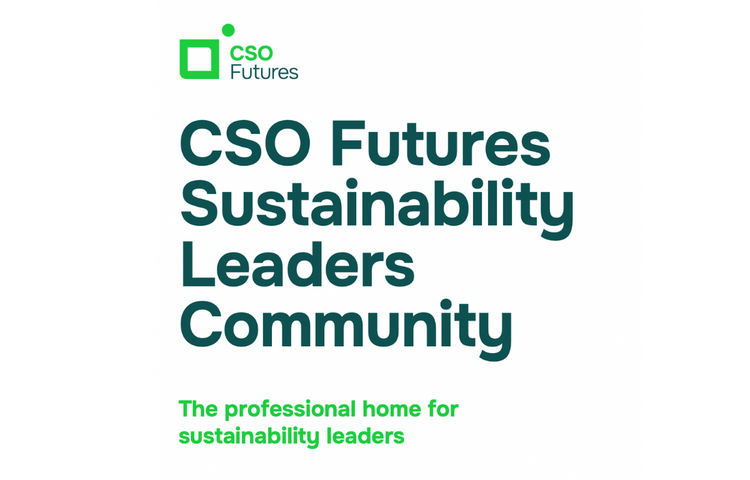How to manage evolving climate litigation risks

Climate litigation risks are increasing and becoming more nuanced; for Chief Sustainability Officers, keeping abreast of the latest regulations and engaging transparently with the market is ever more crucial to prevent legal action.
Innovation and value creation are much more worthy of a Chief Sustainability Officer’s attention than compliance – but the evolving regulatory environment around corporate climate action means litigation risk is on the rise, and should certainly be on their radar.
The number of climate change court cases has more than doubled since 2017, with 2,180 cases filed in 65 jurisdictions. These are largely led by the United States at 1,522 cases, followed by Australia (127), the UK (79) and the EU (62).
The majority of climate litigation cases target governments, aiming to uphold the ‘climate rights’ of its citizens, i.e. right to a clean, healthy and sustainable environment, and increasingly the rights of nature.
But climate cases against corporations are growing fast: outside of the US, 188 cases have been filed against corporations regarding climate damages, the use of carbon credits, inaccurate disclosures and misleading advertising, among other topics.
Disclosures and greenwashing risks
Much of the legal risk is arising from new climate regulations, in the form of fines and sanctions for non-compliance. These are generally spread between reporting obligations and greenwashing prevention.
For instance in the US, California’s new climate disclosure laws are set to require large public and private companies to report on emissions across Scope 1, 2 and 3 and disclose climate-related financial risks from 2026 – and those that fail to do so could face hefty fines of up to US$500,000 per year.
Meanwhile in the EU, the Green Claims Directive threatens fines of up to 4% of turnover for companies that make false or misleading sustainability claims.
“It's quite serious and it is really forcing the minds of our clients to deal with this,” says Michelle Davies, Global Head of Sustainability at EY Law. “What it means is the days of people making these generic statements about reaching net zero and taking a fairly lackadaisical view over their supply chain are gone, because there are about to be very real economic impacts for clients.”
‘Real economy’ climate litigation
But climate litigation risks extend beyond fines and sanctions. Davies says she has observed a shift from shareholder activism (such as when 61% of Chevron shareholders voted in favour of a motion demanding that it reduce greenhouse gas emissions across all scopes in 2021) to what she calls “real economy litigation”.
Organisations, stakeholders, corporates and financial institutions are now engaging in disputes because they have or believe they are about to suffer financial loss as a result of climate risk mismanagement – something that is made possible by increasingly granular reporting obligations “leaving little room to hide,” according to Davies.
“The regulation is becoming more nuanced and more focused, honing in on what organisations really have to do and where they really are. So you've got that and that also a change in climate psychology amongst key stakeholders, so the train has left the station: people are now making decisions and pricing their terms of engagement based on climate risk,” she tells CSO Futures.
According to Davies, one example of real economy climate litigation could be a company suing a supplier who gave them inaccurate emissions data, if the transition plan built on this data was then deemed misleading or insufficient, causing the company reputational and financial losses. Considering the well-known difficulty in getting accurate sustainability data and the regulatory push to increase transparency around Scope 3 emissions in Europe and California, this could quickly become a high-risk area.
Transition plan litigation
Another area where Davies and her peers expect an increase in the number of disputes is transition planning. “That will be based on the law of misrepresentation: if you misrepresent your position, and a third party relies on it to their detriment, they can potentially claim for any loss that they've suffered as a result of that reliance,” she says. In other words, commercial and financial partners are increasingly looking at climate transition plans as they assess whether or not to work with companies – and if those plans are misleading or badly implemented, they could have a basis for legal action.
With interim 2025 and 2030 climate targets looming – and most companies lacking credibility in their target-setting and implementation, there could be a wave of new climate cases on the horizon.
“If they have said that they're going to do something and people have engaged with them on the basis of what they will do, then yes, there's a basis for a claim. But secondly, stakeholders will more than likely say ‘you know what, we just can't engage with you anymore because you represent too much of a risk – and your carbon footprint goes on to our carbon balance sheet’,” she warns.
SBTi won’t protect you – but constant stakeholder engagement might
Many companies are choosing to get their targets validated by the Science-Based Targets Initiative, which has become the de facto standard for corporate climate goals. But the SBTi stamp of approval is no protection against litigation – not least because it is itself an imperfect organisation.
“We're in a dynamic market that's changing all the time. So it's helpful, but at the end of the day, that business needs to fully stand behind its target and its plans to reach it,” notes Davies.
That doesn’t mean the plan won’t change: “only a fool would think that” in such a dynamic and fast-changing sustainability and climate environment, according to her. Instead, it means backing up targets with solid data and a clear implementation plan, even if it requires more time – and pushing back against top executives.
“I go on so many calls with clients where the Chief Sustainability Officer is saying, ‘my CEO is under pressure and wants to issue a net zero statement, but we can't unless we absolutely know how we're going to deliver that’ – but many have because the world has moved on in the last year or so,” she explains.
Whether targets were published in a hurry or after a complete analysis, it’s more than likely they will change, but the key to avoiding litigation is transparency and communication.
The way to avoid litigation is to have a transition plan which is authentic, capable and viable, and secondly, to continuously engage with your key stakeholders and the market, be transparent and have a process internally that enables you to recalibrate and adapt your plan as market dynamics change,” advises Davies.
Read also: Genesys CSO Bridgette McAdoo on transparency and building trust







Member discussion